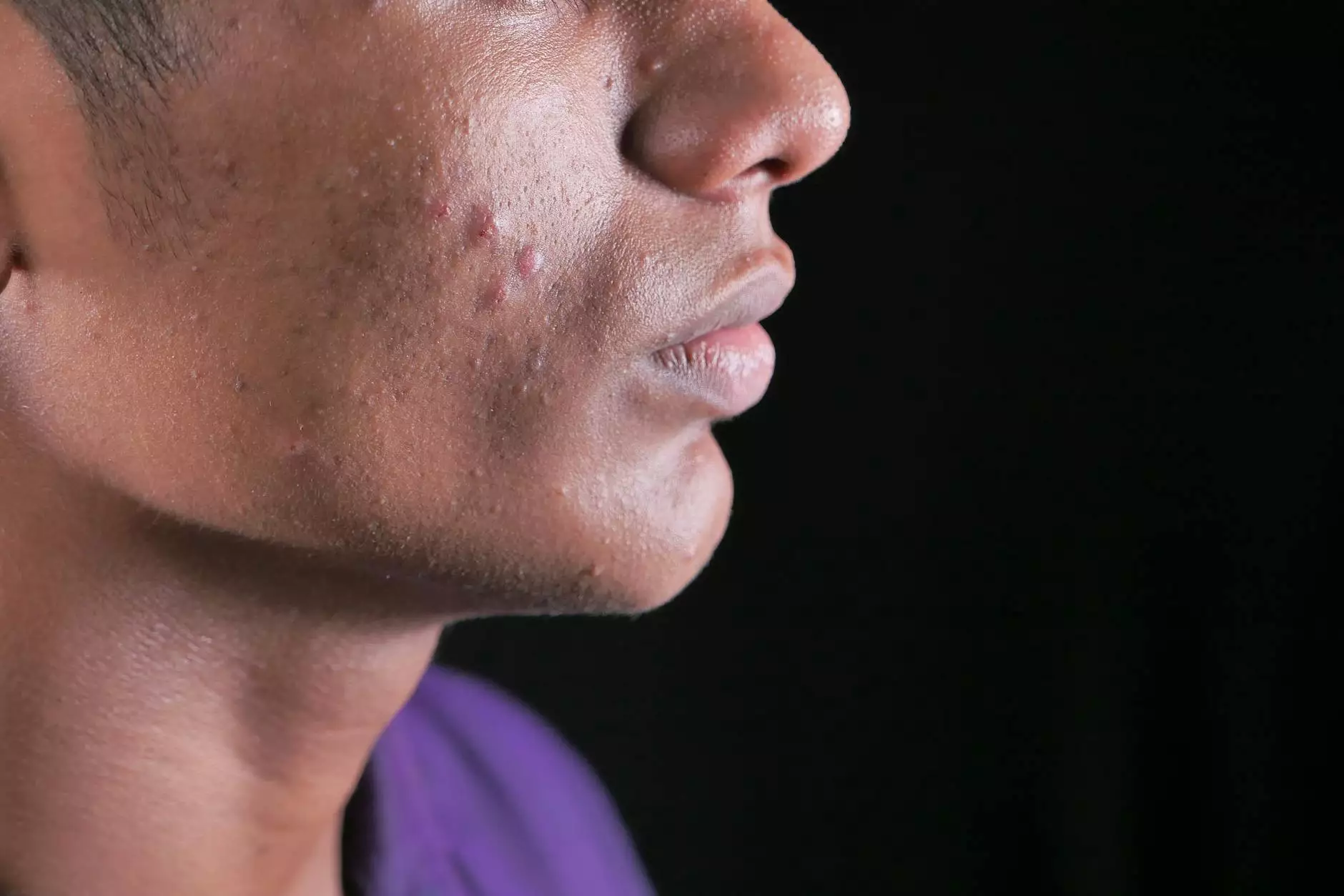Understanding Chronic Venous Stasis Dermatitis: An In-Depth Guide

Chronic venous stasis dermatitis, often a misunderstood condition, arises due to prolonged venous hypertension and inadequate venous return in the lower extremities. This article provides a thorough exploration of this dermatological ailment, detailing its causes, symptoms, treatments, and preventive strategies. Whether you are a healthcare professional, a patient suffering from the condition, or simply someone seeking to understand more, there’s valuable information ahead.
What is Chronic Venous Stasis Dermatitis?
Chronic venous stasis dermatitis is a result of chronic venous insufficiency (CVI), where the veins have problems sending blood from the legs back to the heart. This condition manifests as skin inflammation or dermatitis, primarily occurring at the ankles and lower legs, due to increased pressure in the veins leading to blood stagnation.
The Pathophysiology of Chronic Venous Stasis Dermatitis
The underlying mechanism involves:
- Venous Hypertension: Increased pressure in the veins forces fluid to leak into surrounding tissues.
- Inflammatory Response: The body’s inflammatory response to fluid overload leads to skin changes.
- Increased Capillary Permeability: This allows proteins and fluid to escape into the interstitial space, worsening the condition.
Causes of Chronic Venous Stasis Dermatitis
Understanding the causes is crucial in managing chronic venous stasis dermatitis. The primary factors include:
- Prolonged Standing or Sitting: Occupations that require long hours of standing can exacerbate the condition.
- Obesity: Excess weight puts additional strain on the venous system.
- Previous Venous Thromboembolism: History of blood clots can lead to chronic insufficiency.
- Genetics: Family history of venous disease may increase risk.
- Age: The risk increases as blood vessels weaken with age.
Symptoms of Chronic Venous Stasis Dermatitis
The symptoms can vary, but commonly include:
- Swelling: Particularly in the legs and ankles, often worse after standing.
- Skin Changes: Red, scaly rash, often accompanied by itching.
- Discoloration: Brownish or dark stains may appear on the skin due to hemosiderin deposits.
- Ulcers: In severe cases, venous ulcers can develop.
Diagnosing Chronic Venous Stasis Dermatitis
Diagnosis typically involves a combination of:
- Patient History: Understanding symptoms and previous medical history.
- Physical Examination: Direct examination of the affected skin areas.
- Doppler Ultrasound: To evaluate venous blood flow and assess for any underlying venous disease.
Treatment Options for Chronic Venous Stasis Dermatitis
Effective management of chronic venous stasis dermatitis often requires a multifaceted approach:
1. Conservative Management
Initial steps include:
- Compression Therapy: Using compression stockings to improve venous return.
- Elevation: Elevating the legs to reduce swelling.
- Skin Care Regimen: Gentle cleansing and moisturization to maintain skin integrity.
2. Medications
Topical and systemic medications may be prescribed:
- Topical Corticosteroids: To reduce inflammation and itching.
- Antibiotics: In cases of secondary infections.
- Oral Diuretics: To help reduce swelling.
3. Advanced Therapies
If conservative measures fail, advanced treatments can include:
- Sclerotherapy: Involves injecting a solution into affected veins to reduce their size.
- Laser Therapy: Used to treat more serious cases by targeting and closing off problematic veins.
- Surgery: In severe cases, surgical options like vein stripping may be considered.
Preventing Chronic Venous Stasis Dermatitis
Prevention is crucial for individuals at risk of chronic venous stasis dermatitis. Consider the following strategies:
- Regular Exercise: Encouraging blood flow through walking or leg exercises.
- Healthy Weight Management: Maintaining a healthy body weight to minimize pressure on veins.
- Avoiding Prolonged Inactivity: Break up long periods of standing or sitting with movement.
- Wearing Compression Garments: Especially during long travels or occupations requiring standing.
Self-Care Tips for Managing Symptoms at Home
Individuals can adopt several self-care strategies to alleviate symptoms:
- Moisturizing Regularly: To prevent skin dryness and irritation.
- Applying Cool Compresses: For immediate relief from itching and burning sensations.
- Avoiding Hot Showers: To reduce skin irritation and blood vessel dilation.
When to Seek Medical Advice
It is essential to consult a healthcare provider if you experience:
- Persistent Swelling: Despite self-care measures.
- Changes in Skin Color or Texture: Sudden changes could indicate complications.
- Appearance of Wounds or Ulcers: Which are slow to heal or worsening.
Conclusion
Understanding chronic venous stasis dermatitis is vital for those affected, empowering them to seek appropriate treatment and preventive measures. Awareness about the condition can significantly improve quality of life and prevent severe complications.
For professional help, visit Truffles Vein Specialists. Our team is dedicated to providing expert care in vascular medicine, ensuring that patients receive optimal treatment to manage this condition effectively.
---END OF ARTICLE---









